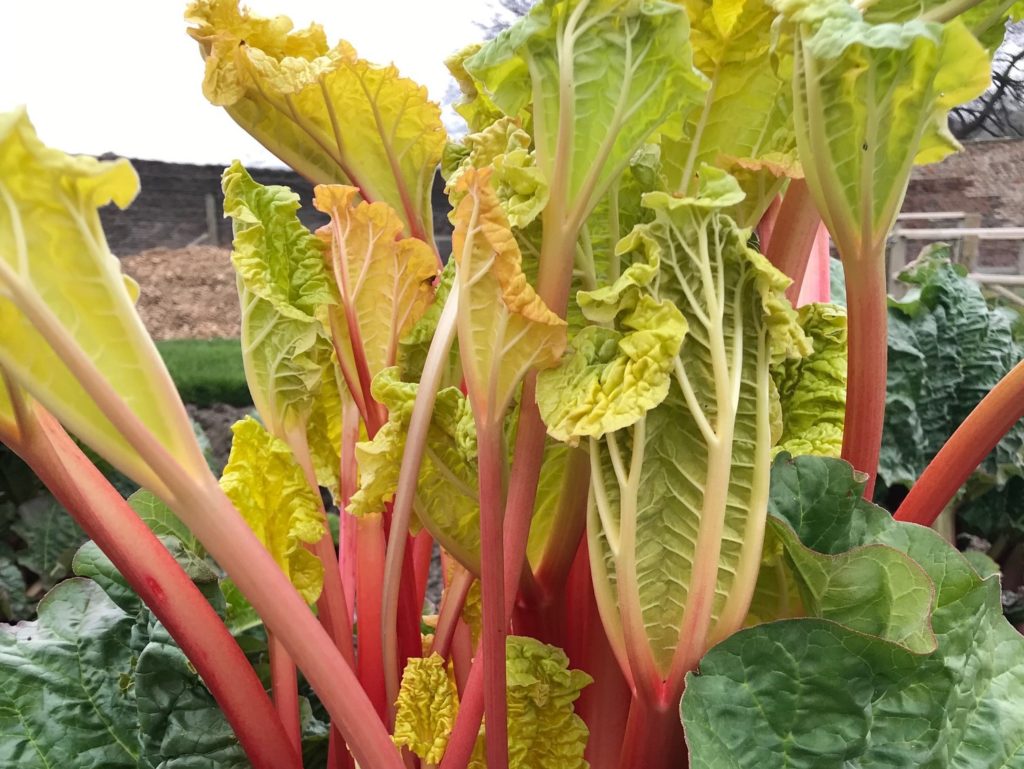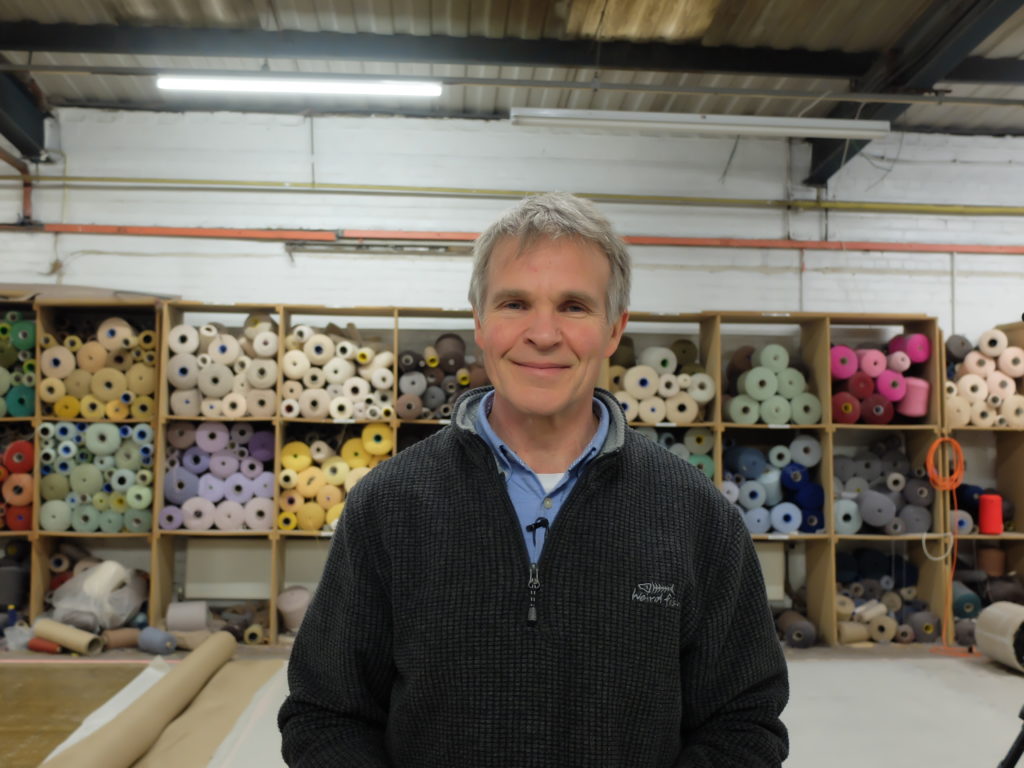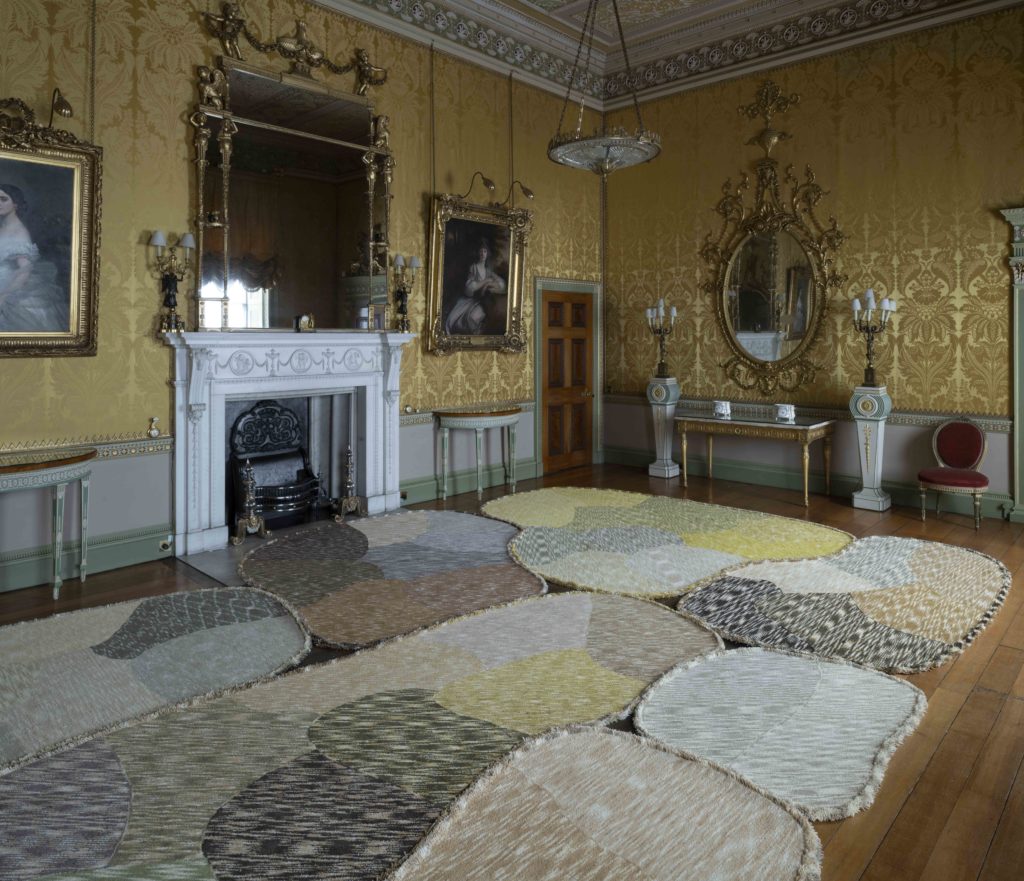 Ahead of a busy summer season of events at Harewood, we spent some time with Lisa Ward, Director of Revival Productions and one of the main organisers of Classic Ibiza outdoor events.
Ahead of a busy summer season of events at Harewood, we spent some time with Lisa Ward, Director of Revival Productions and one of the main organisers of Classic Ibiza outdoor events.
What was the inspiration around Classic Ibiza?
I got into house music when I was at university in Manchester in the late ‘80s and then worked for a company that organised classical concerts at stately homes across the country. The inspiration for Classic Ibiza came from marrying my love of dance music with my experience of putting on more traditional concerts to produce something fresh and exciting.
What makes Classic Ibiza such a different experience to other outdoor events?
It’s the full Classic Ibiza package. Firstly, you’ve got the juxtaposition of listening to some truly iconic house tracks, performed by a 32-piece orchestra, in the beautiful grounds of Harewood House. Secondly, it’s the community feeling that permeates all our concerts. This comes from how our amazing artists interact with the audience and the energy they give back. Unlike many other outdoor concerts, we also allow our audience to bring their own food and drink on site, which we find adds to the feel-good vibe.
What is your role?
As Director of Revival Productions, organisers of Classic Ibiza, my role encompasses everything from planning and promotion, to being a general dog’s body on site. As they say, variety is the spice of life!
What three things do you love about your job?
The first would definitely be doing something that brings so much joy to so many people. I get a massive kick from going back-stage at our shows and seeing a sea of smiling faces looking back at me. Secondly, would be working with some amazingly talented musicians. The Urban Soul Orchestra have performed with some of the greats of dance music, including Groove Armada and Nightmares on Wax. I never thought I’d get that opportunity. Finally, working with friends and family. I’m great friends with Katharine Brindley who heads up Revival Productions with me and my family are also involved in the shows. We are a pretty tight-knit bunch!
Is there anything exciting you can reveal about this year’s event at Harewood House?
Ooh, that would be telling… What I can say is that we will be performing eleven new tracks this year and one of them will definitely burn the house down. Not literally, I hasten to add! At Easter, people can also vote for their favourite tunes to be added to the set – check out our Facebook page nearer the time for further information on this.
Maybe not as exciting, but equally as important, we have also put a series of measures in place at this year’s show to ensure that we are prepared for any challenges that the weather might throw at us. You can find out more by reading this short article.
To book tickets for Classic Ibiza this July, go online.




